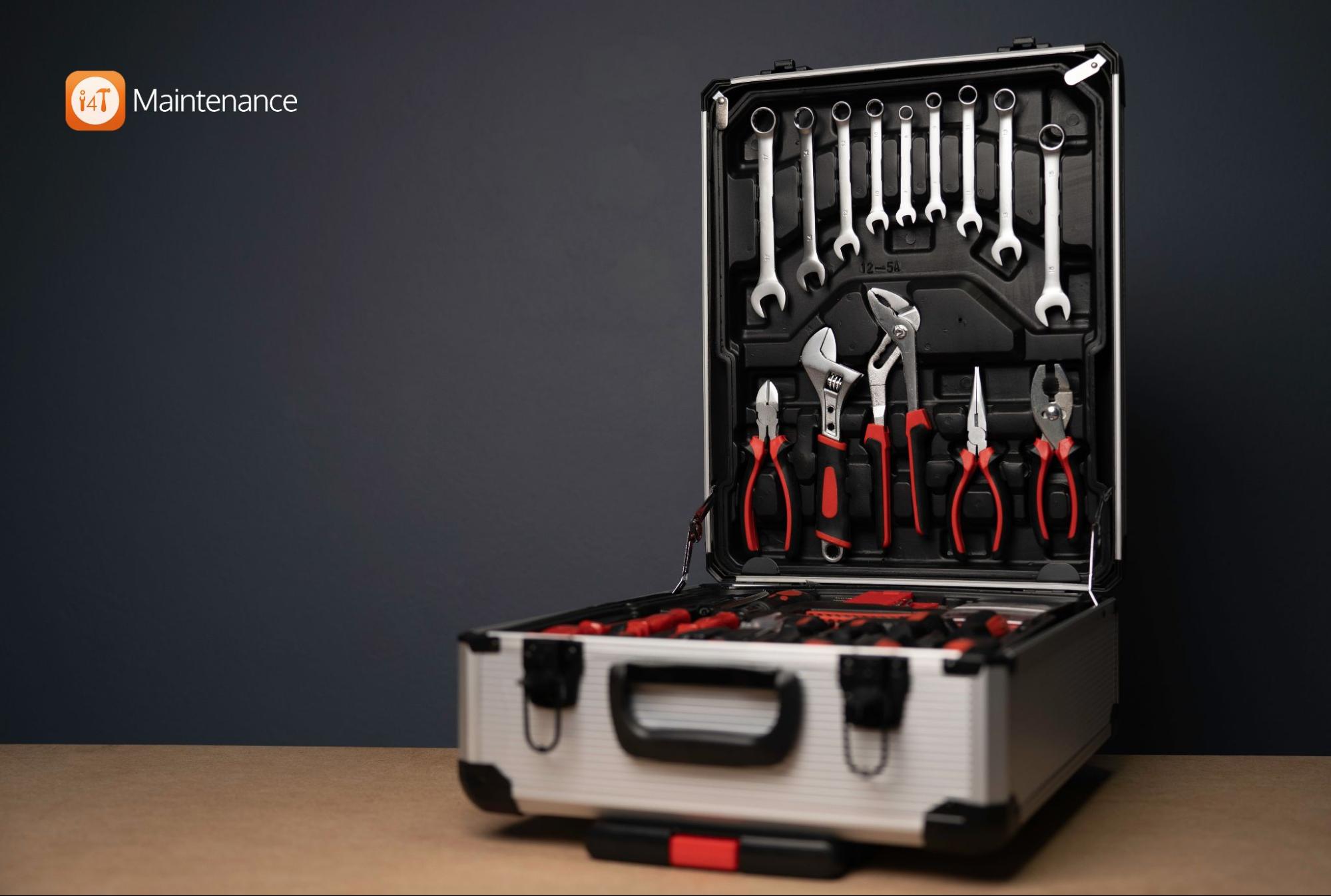Repairs and maintenance play a vital role in extending the life of your assets. When done on a regular basis, they contribute to making the property safe for occupants. At the same time, it increases the value of the property for its owners. It also helps cut down costs by preventing problems to linger for too long and turn into expensive repairs or replacements.
As a property manager or a strata manager, you need to carry out regular inspections. This is done to identify potential problems and carry out preventive maintenance as needed.
These inspections include:
- Move-in inspections: This step involves walking through the property with the tenants. During this inspection, issues at the time they move in are identified. Photos and videos are taken as proof of the property’s condition.
- Routine inspections: This is done on a quarterly basis. It involves inspection carried out by physically examining the property from the inside and outside.
- Drive-by inspections: These are surprise visits to the property to spot any unauthorised activities happening that might damage the property.
- Move-out inspections: This step again involves a walk through the property with the tenants. It helps identify the property’s condition and compare it with the move-in condition.
Once issues are identified, the next step is to move on to handling repairs and maintenance on the property.
What are Repairs and Maintenance?
Repairs involve restoration work on the property in case an asset breaks down, is damaged or stops working entirely. Maintenance on the other hand, involves activities carried out to prolong the asset’s useful life.
Difference Between Repairs and Maintenance
The main difference between repairs and maintenance is that a repair job is carried out after the downtime of the asset. A maintenance job, on the other hand, is carried out to prevent the asset from experiencing any downtime during its useful life.
Levels of Repairs
There can be 2 levels of repairs which include handling complete failure or partial failure of the equipment.
- Complete failure:
When this happens the asset is completely unavailable for use. This will require emergency repair work to be carried out on the asset to get it up and running again. For example, the compressor of an air conditioning unit fails completely and the cooling is shut down as a result.
- Partial failure:
When this happens, the asset can still be used but might cause inconvenience to the users. It may also be the case that its efficiency goes down. For example, the air conditioning system makes noise and does not provide the desired level of temperature.
Types of Maintenance

Maintenance activities, as explained already, are identified after carrying out visual inspections.
The maintenance strategy a property manager carries out is based on:
- Type of property or asset in question
- The industry best practices
- The level of expertise at your disposal
- The available budget and resources
Reactive maintenance:
This is also known as run-to-failure maintenance. It is a maintenance strategy that allows the asset to continue operating until it breaks down. Example could be changing a light bulb after it fuses.
Reactive maintenance requires zero planning. However, when applied to the wrong asset, it can result in substantial damages and costs of repair.
Preventive maintenance:
This kind of maintenance requires temporarily stopping operational activities on the asset. Work pertaining to inspection or repairs is then carried out at fixed intervals to avoid downtime.
Preventive maintenance requires allocating resources and scheduling of maintenance activities hence significant planning needs to be done.
Predictive maintenance:
This maintenance strategy uses data collected through sensors attached to the equipment. It then turns them into meaningful insights to predict when a failure might occur. Maintenance work is carried out based on the precise condition of the equipment, rather than a fixed schedule.
Reliability- centred maintenance:
This strategy works on the premise that failure might not always follow a linear path. Hence, each and every equipment is analysed separately and the maintenance plan is tailored accordingly. This ensures that the equipment is always available for use thereby increasing its reliability.
What are Repairs and Maintenance in Strata

When it comes to Strata, repairs and maintenance are not too different. As a general rule, common property and common assets are the responsibility of the owners corporation. Anything that is within each lot, is the responsibility of individual owners.
Repairs and maintenance that are the responsibility of a owners corporation include:
- Roof and gutters
- Ceiling
- Boundary walls along with associated plumbing
- Carpets, lights and water damage in common areas such as hallways
- Windows and window locks
- Garage and balconies
Repairs and maintenance that are the responsibility of lot owners include:
- Changes made to the ceiling
- Internal walls along with paint and wallpapers
- Plumbing of privately used spaces such as kitchens, bathrooms and internal walls and fixtures
- Internal lighting
- Window cleaning
- Water damage inside the property
Major improvements to the property such as sustainability upgrades will require the voting of owners. Decisions need to be made on how the cost will be divided, how the upgrade will be carried out and what laws need to be implemented so occupants can start benefiting from the upgrade.
What Repairs and Maintenance is the Landlord Responsible for?
To avoid any conflicts down the line, it is important that both tenants and landlords are on the same page with respect to their responsibilities.
Good communication between tenants and landlords on their respective responsibilities is the key.
As a general rule, landlords are responsible for nearly all major repair work. This holds true unless a damage has been caused to the property by the tenant.
When renting out, it is the responsibility of the landlord to ensure:
- The property is in livable condition with access to all utilities.
- All fittings and fixtures are in working order.
- Electrical and plumbing work has been carried out according to the building codes and safety regulations.
How quickly the landlord attends to a repair and maintenance request can be decided based on the urgency of the matter.
Emergency repairs that landlords need to take care of include:
- Bust water pipes and gas leaks
- Leaking roofs
- Plumbing or electrical faults
- Storm, flood or fire damage
- Essential appliance breakdown such as cooking, heating, cooling, hot water.
- Cut off of utilities supply
- Anything that renders the property uninhabitable or unsafe.
What Repairs and Maintenance is the Tenant Responsible for?
Repair work is not the tenants’ responsibility unless the damage is done by them. Having said that, since they are the ones using the property, they are responsible for maintaining it in good condition.
Tenants’ responsibilities include things like:
- Keeping the space clean
- Changing batteries or light bulbs
- Taking the trash out
- Maintaining the outdoors including lawn and porch in a presentable condition
Tenants are also responsible for:
- Informing the landlord as soon as they become aware of a potential problem or damage to the property.
- Not carrying out an unauthorised work on the property such as renovations or trying to fix an issue on their own.
- Not inviting guests that may put undue pressure on the installed system, rendering them faulty before time.
- Not damaging the property deliberately or through sheer negligence.
When putting up a repairs and maintenance request to the landlord, tenants must be able to prove that:
- The damage did not happen as a result of your fault
- They tried to contact the landlord about the service request and waited a reasonable amount of time to carry it out.
- The repair was carried out or not carried out as requested.
How a CMMS can Monitor Install & Maintenance
As a property manager you need to see it through that SLAs are met and tenants are happy. Hence property managers need to ensure that:
- They timely respond to repairs and maintenance service requests placed by the tenants.
- Find a field service supplier and ensure that they hold valid licences and certificates to carry out the work.
- Request quotes from multiple suppliers and get landlord’s approval to initiate a work order.
- Once a work order has been assigned, monitor progress and ensure work is completed. Variables pertaining to time, cost and scope of the project, must be met.
- Payments are released to the supplier and the customer is satisfied with the work done.
In addition to this, property managers also need to schedule preventive maintenance based on regular visual inspection of the property.
Without the right systems and processes in place, it’s easy to miss deadlines and overlook compliance regulations. This can land your business into serious trouble with the law while putting tenants’ safety at risk.
A CMMS can handle repairs and maintenance work orders for property managers, by simplifying all of the tasks mentioned above.
Want to Try a CMMS Today?
i4T Maintenance is a CMMS solution that allows authorised service agents to provide an end-to-end customer experience to property occupants.
With a list of verified contractors to hire, track work orders from start to finish, ability to visually record jobs and get occupant’s to rate the supplier, it helps you carry out repairs and maintenance requests with Efficiency, Transparency, Compliance and Safety.
Want to learn more about how i4T Maintenance can help your business? Sign up today!
Hot off the press!

With our cutting-edge technology and in-depth knowledge of how the Field Service Management sector operates, the i4TGlobal Team loves to share industry insights to help streamline your business processes and generate new leads. We are driven by innovation and are passionate about delivering solutions that are transparent, compliant, efficient and safe for all stakeholders and across all touch points.




